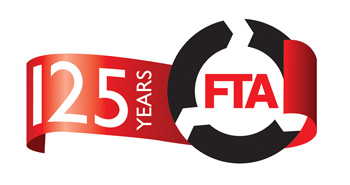
The Freight Transport Association (FTA) has written to the Foreign Secretary, the Rt Hon Philip Hammond MP, asking him to lobby the French government to take control of the worsening migrant situation in Calais.
FTA’s International Affairs Manager, Donald Armour, said:
“At present the Home Office estimates there are about 1,200 migrants living rough in Calais and the surrounding département, waiting to hitch a ride on a lorry into the UK. Many FTA members operating international road freight services employ drivers who have experienced regular and sometimes serious confrontations with the would-be stowaways.”
Current migration trends across the EU are at an all-time high. During April to December 2013, compared to the same period in 2012, the number of detected attempts at illegal entry into the UK increased by 58 per cent (8,400 to 13,300).
Armour continued:
“The French government should either deal with these migrants through the asylum process which is clearly laid out under EU law, accept them as immigrant workers or deport them. Allowing them to roam the streets and intimidate drivers is unacceptable and would be treated as a ‘breach of the peace’ by the UK police.”
The UK Border Force and French authorities have a good working relationship but it is clear that resources are stretched. FTA is aware that the UK Border Force has plans to ramp up security measures which include additional fencing around port areas, increased searching of vehicles at the control booths and the introduction of new detection technologies, whilst additional secure lorry parking is being planned, but that all takes time.
Amour added:
“These are all ‘sticking plaster’ measures - what needs to be done is for the Foreign Office to demand that the French government removes these people from the streets of Calais in the first place. Other EU member states also have a key role, to ensure the safety and security of the Union, particularly those in the south and east peripheries.”